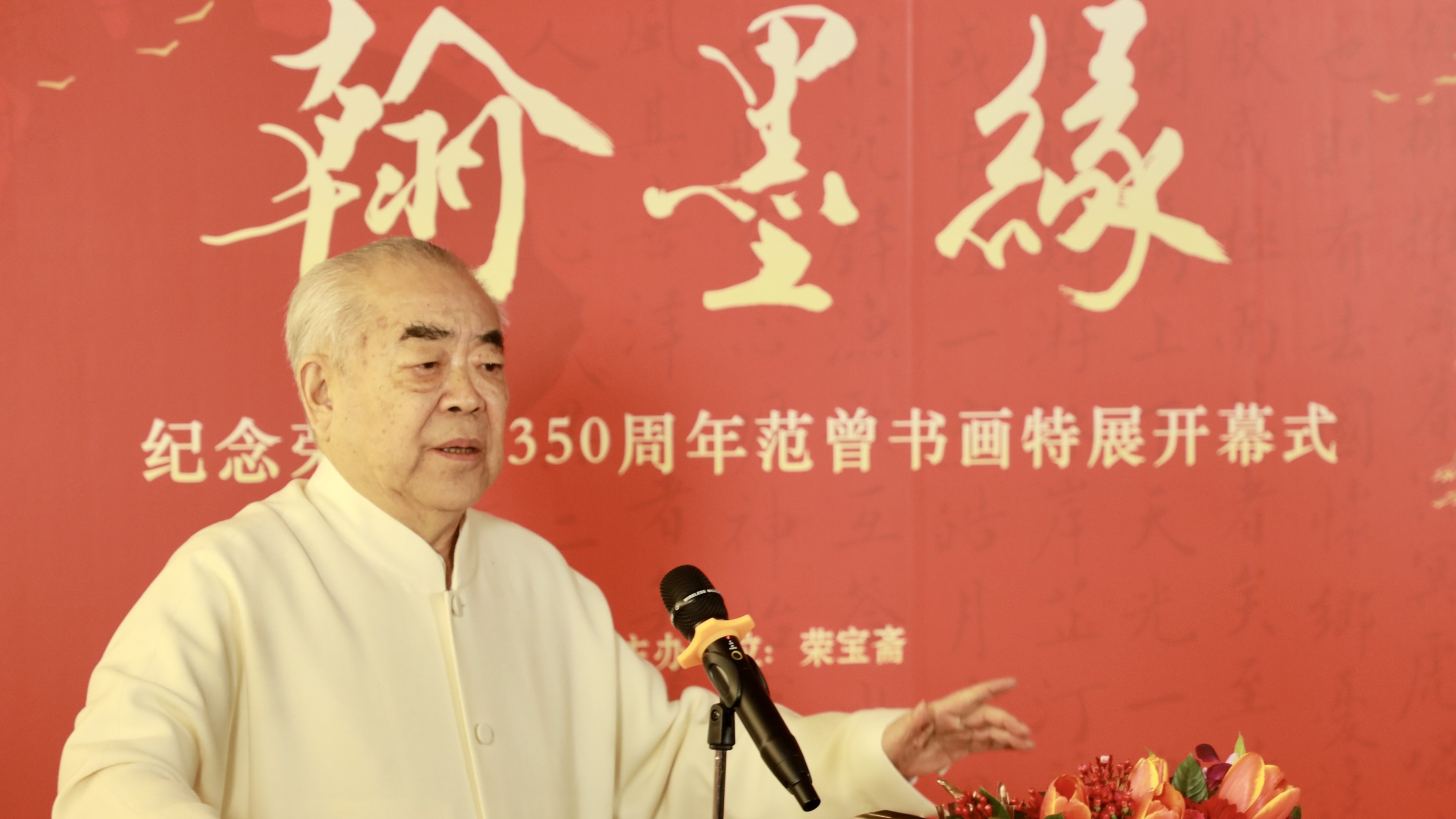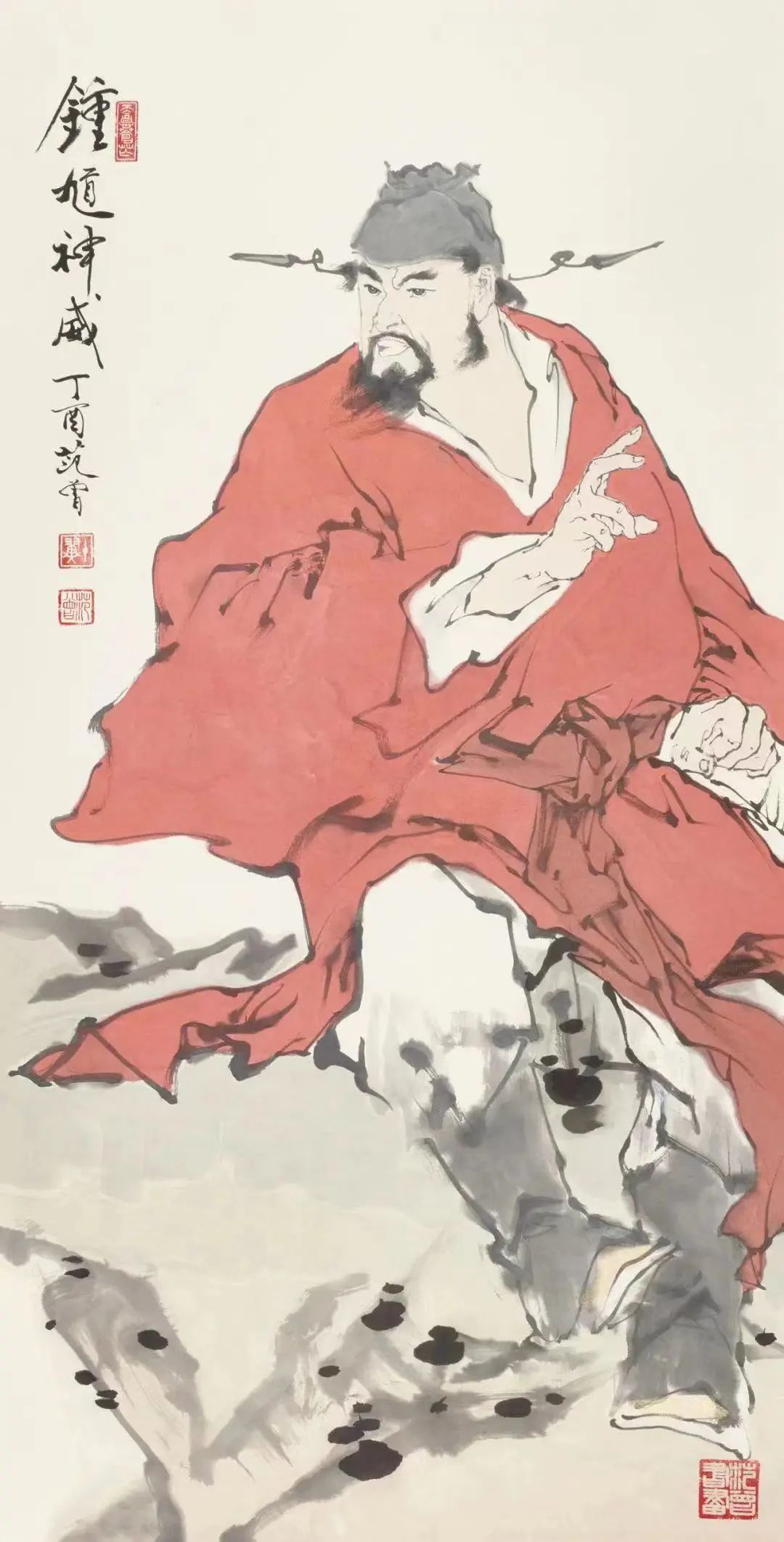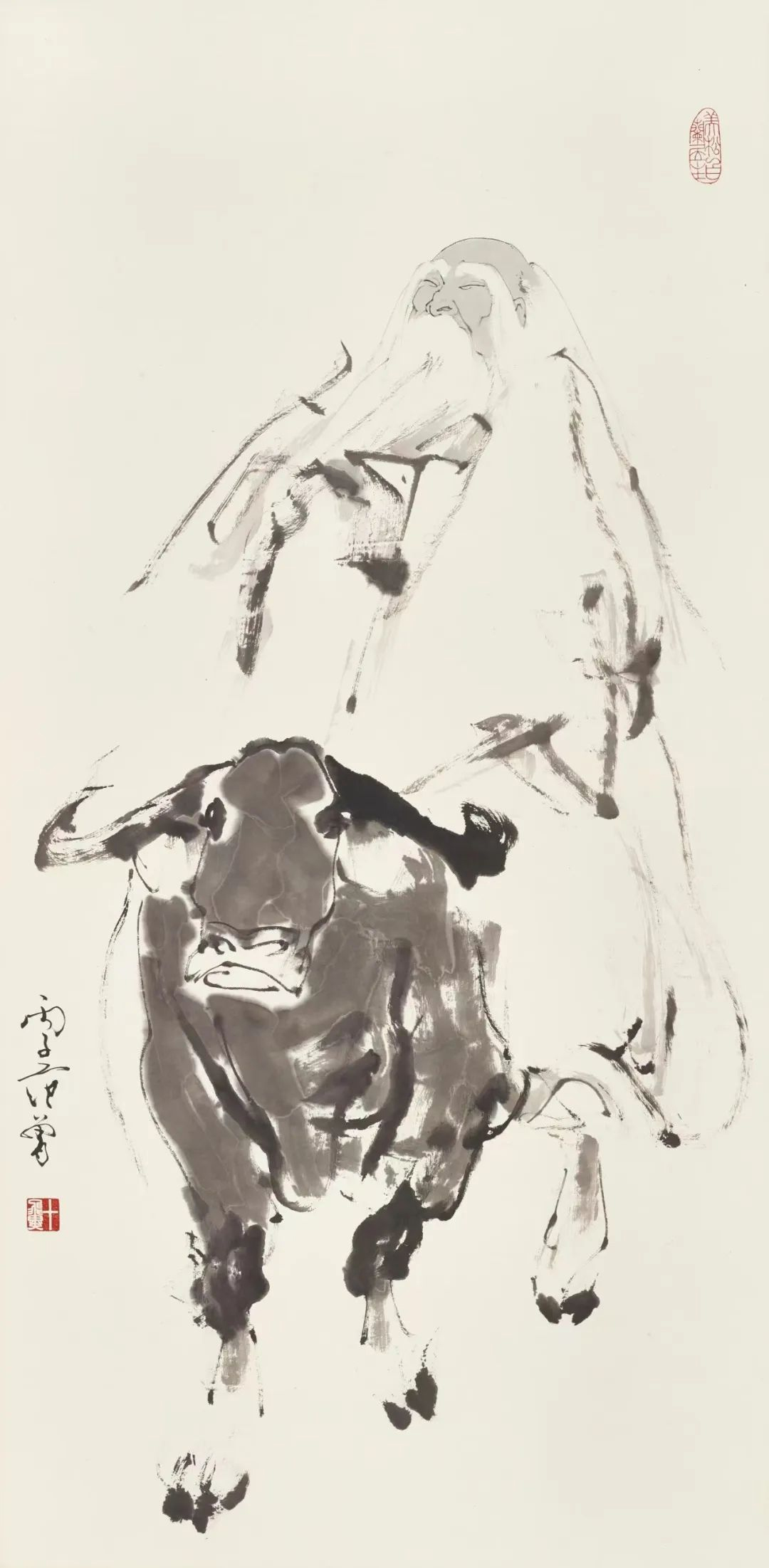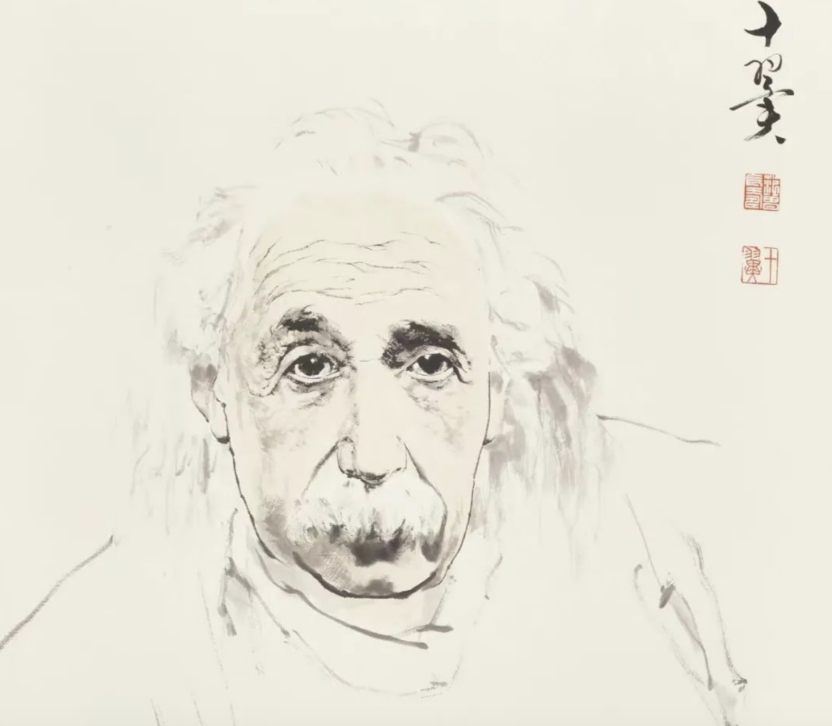The year 2022 marked the 350th birthday of the famed painting and calligraphy shop Rongbaozhai in Beijing. As part of the celebrations, a special exhibition of artworks created by Chinese ink and wash painting master Fan Zeng is being held from Jan. 15 to Feb. 28, 2023 at Rongbaozhai, known to many as "China's Folk Palace Museum."
12:23

Having already drawn huge crowds, the exhibition showcases nearly 100 art pieces created by Fan Zeng over the past four decades. Many viewers appreciated Fan's lines on an inch-by-inch basis as well as his unique application of ink, leaving them with a lasting sense of admiration.
Fan Zeng has had a long-standing relationship with Rongbaozhai. In the late 1970s, Rongbaozhai took his works on tour and two comprehensive exhibitions caused a sensation in Japan.
According to Rongbaozhai's Executive Director Zhao Dong, this exhibition traces the artistic development of Fan Zeng through his early works, line drawings in traditional ink and brush, calligraphy, and Rongbaozhai's woodblock prints of his work.
Fan Zheng is considered to be one of the leading contemporary Chinese ink and wash painters and calligraphers. He said he believes Rongbaozhai has played a key role in his career.

A portrait of Zhong Kui, a deity in Chinese mythology, created by Fan Zeng. /Courtesy: Rongbaozhai
A portrait of Zhong Kui, a deity in Chinese mythology, created by Fan Zeng. /Courtesy: Rongbaozhai
Fan Zeng is widely known for his paintings of ancient Chinese figures, the artworks characterized by their simple lines and poetic rendition. The modern characters he created feel recognizable, both in shape and spirit, featuring realism and traditional Chinese-freehand techniques.
Laozi, who founded Taoism over 2,500 years ago, has emerged as a recurring figure in Fan’s works. In the latest exhibition, viewers can see several portraits of the ancient philosopher, depicted with various brushstrokes and styles. "Artists from different times have painted Laozi, but the Laozi I painted is the one in Fan Zeng's eyes," the veteran artist explained.

The painting "Laozi Leaving Hangu Pass" by Fan Zeng. /Courtesy: Rongbaozhai
The painting "Laozi Leaving Hangu Pass" by Fan Zeng. /Courtesy: Rongbaozhai
Fan Zeng was born to a well-educated family in Nantong, east China's Jiangsu Province. Thirteen generations of his family have nurtured many poets over the course of 450 years. In addition to his artistic achievements, Fan is also an expert in literature, history, and philosophy. He is convinced a nation's philosophy has a profound influence on its artistic creations.
As Fan put it,"Since the times of ancient Greece, the West has advocated scientific experiments to prove their theories. Their philosophy features deductive methods, characterized by scientific experiments and logic. Oriental philosophical thinking is based on empiricism, perceptiveness, and induction. These are two very different systems."
Although the two radically different philosophical schools of thought have led to the relatively rigorous artistic techniques of the West, for example sketching and sculpting, as well as the traditional Chinese-freehand style of ink painting, Fan believes these art forms are interlinked.

Details of the painting "Portrait of Albert Einstein" by Fan Zeng. /Courtesy: Rongbaozhai
Details of the painting "Portrait of Albert Einstein" by Fan Zeng. /Courtesy: Rongbaozhai
Over the years, in an attempt to make Fan's works available to millions instead of just hundreds of people, Rongbaozhai has reproduced many of his paintings in print using their own woodblock printing techniques, recognized as a State-level intangible cultural heritage.
The 85-year-old artist said his greatest pleasure, whenever he has spare time these days, is practicing Chinese calligraphy. At the end of 2022, Fan published a table calendar. He wrote 365 famous Chinese aphorisms using calligraphy, one for each page. Even now, the master continues to write couplets every day with the aim of picking 365 to compile another calendar for next year.